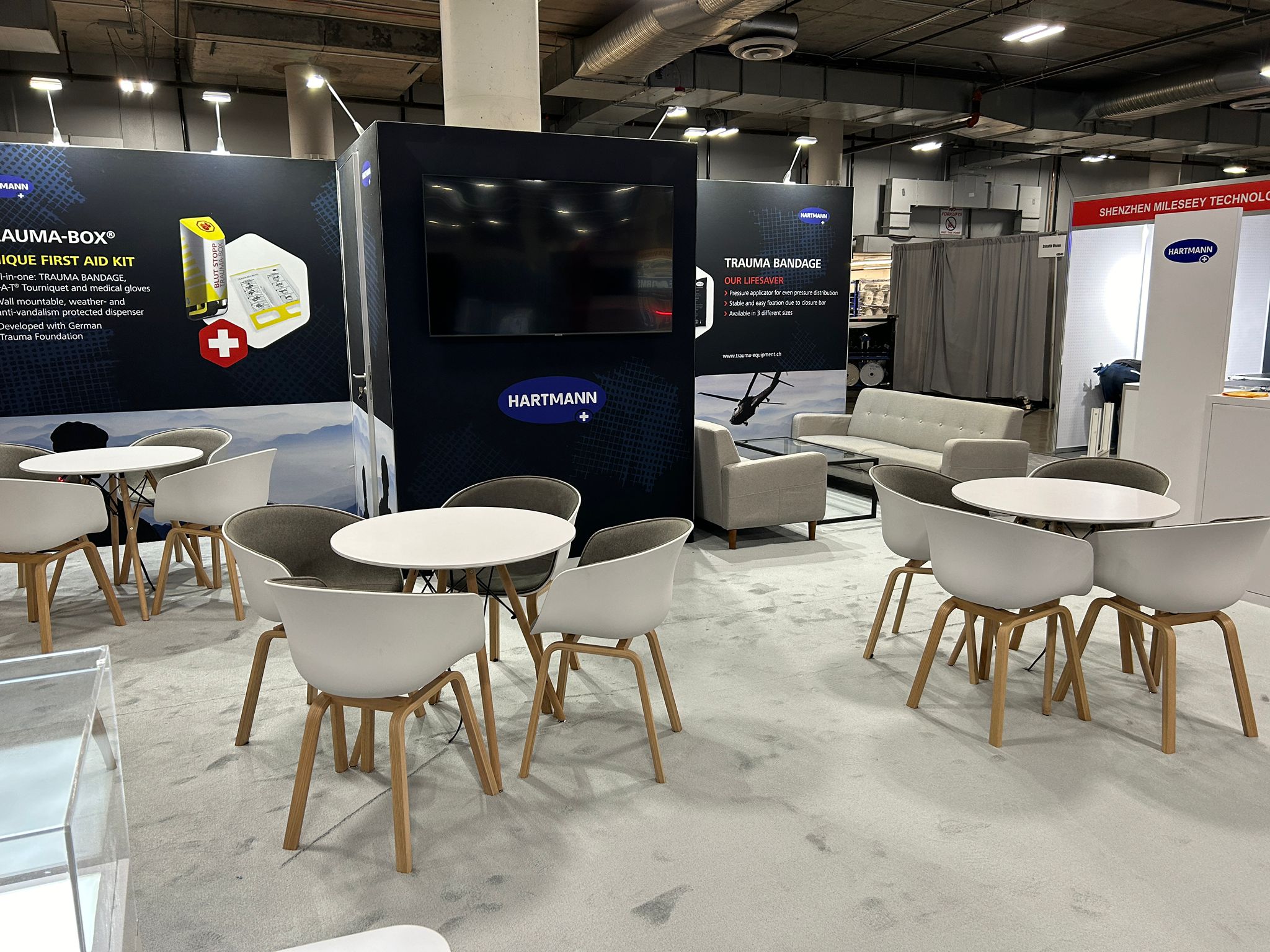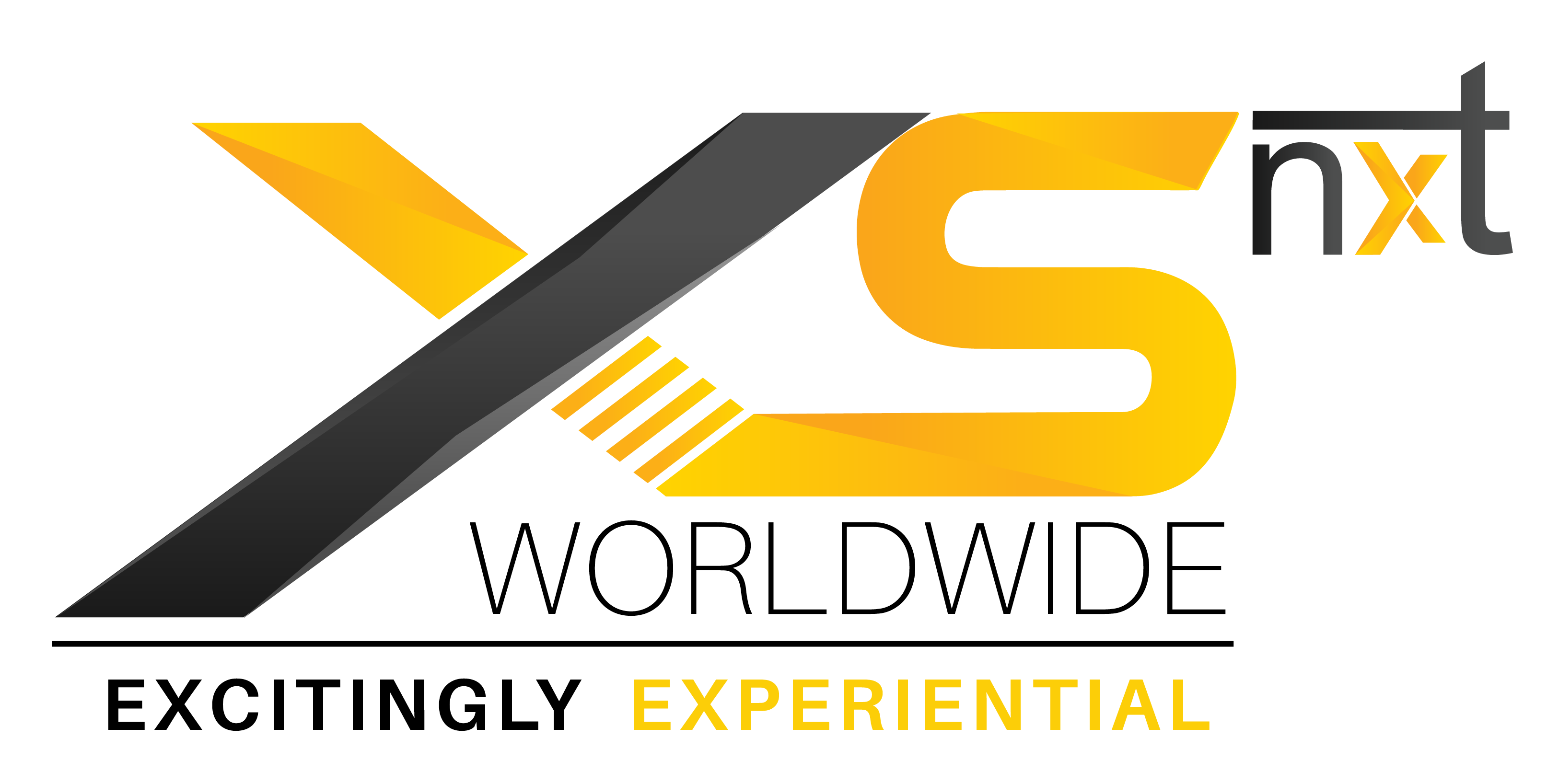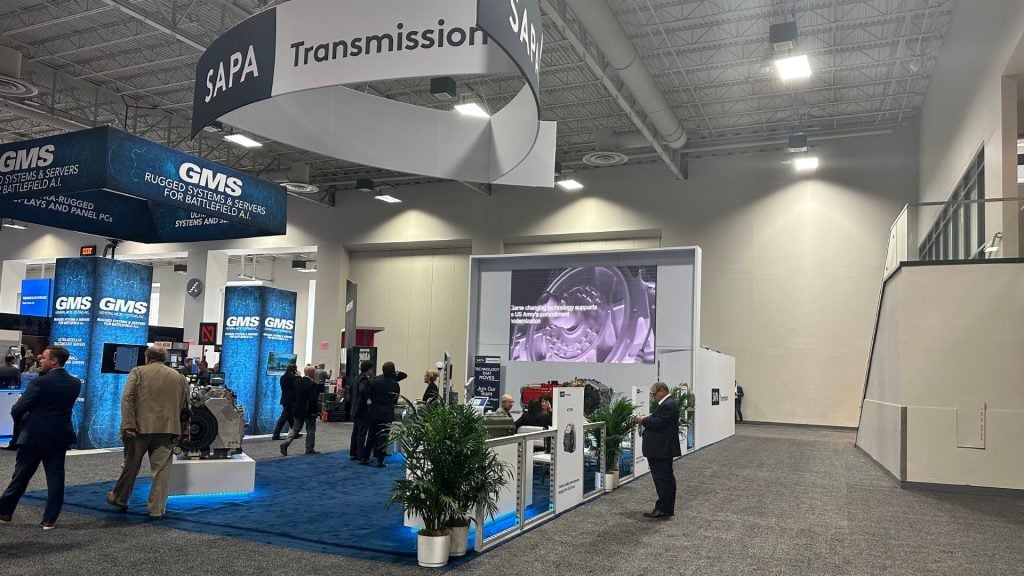
Introduction
When it comes to trade shows, the way you use your exhibit space can make or break your success. A well-optimized booth doesn’t just look good; it maximizes engagement, drives traffic, and ensures that every square foot is working hard for your brand. But how do you strike the right balance between aesthetics and functionality? Here’s a guide to optimizing your exhibit space for maximum engagement and efficiency.
1. Define Your Objectives First
Before you start designing your booth, it’s crucial to clearly define your objectives. Are you aiming to generate leads, showcase new products, conduct live demonstrations, or simply raise brand awareness? Your goals will dictate how you should allocate your space and what elements to prioritize.
For example, if lead generation is your main goal, you’ll want to create dedicated areas for customer interactions, such as meeting spaces or a reception desk for visitor sign-ins. If product demos are your focus, ensure that you have ample space for attendees to gather and experience your offerings firsthand.
Pro Tip: Use your objectives as a blueprint for your booth layout. This ensures that every element of your exhibit serves a purpose and contributes to your overall goals.
2. Create an Inviting Entrance
The entrance to your booth is your first chance to make an impression, so it needs to be inviting and eye-catching. A common mistake is cluttering the entrance with too much information or obstructing the view into the booth.
Keep the entrance open and accessible, using design elements that draw people in without overwhelming them. Consider incorporating a clear and concise message that immediately communicates what your brand is about. This could be a bold tagline, an engaging visual, or a dynamic digital display.
Pro Tip: Use lighting to highlight your entrance and guide visitors into the booth. Well-placed lights can create a warm and inviting atmosphere that attracts attention from across the trade show floor.
3. Design for Flow and Accessibility
One of the keys to optimizing your exhibit space is ensuring that it’s easy for visitors to navigate. A cramped or confusing layout can deter people from exploring your booth, no matter how interesting your offerings are.
Design your booth with a clear flow in mind. Pathways should be wide enough to accommodate multiple visitors at once and should lead naturally to different areas of interest. Avoid creating dead ends or overly complex layouts that could cause bottlenecks or frustration.
Pro Tip: Use modular elements to create flexible spaces that can be reconfigured as needed. This allows you to adapt your layout based on visitor traffic and engagement levels.
4. Prioritize Key Interaction Points
Your booth should be designed to facilitate interaction, whether that’s through product demonstrations, digital displays, or one-on-one meetings. Identify the key interaction points within your booth and ensure that they are easily accessible and prominently placed.
For example, if you’re conducting live demos, place them in a central location where they can attract the most attention. If you have a reception area or meeting spaces, position them near the entrance or along main pathways to encourage visitor engagement.
Pro Tip: Consider incorporating interactive elements such as touchscreens, VR experiences, or gamification to encourage visitors to spend more time in your booth and engage with your content.
5. Balance Open Space with Functional Areas
While it’s important to make your booth feel open and inviting, you also need to ensure that there are enough functional areas for your team to work and for visitors to interact with your brand. Strike a balance between open space and designated areas for specific activities.
For example, create cozy seating areas for meetings, private corners for sensitive discussions, and standing tables for casual conversations. This balance ensures that your booth feels welcoming while still offering the necessary functionality.
Pro Tip: Use furniture and partitions to define different zones within your booth without making the space feel closed off. Modular furniture can be particularly useful for creating flexible, multipurpose spaces.
6. Leverage Vertical Space
If you’re working with a smaller footprint, don’t forget to think vertically. Tall displays, hanging banners, and elevated platforms can help you make the most of your exhibit space by drawing the eye upward and creating a more dynamic visual experience.
Use vertical elements to showcase key messages, display products, or highlight your brand’s logo. This not only maximizes your use of space but also increases your visibility from a distance, helping to attract more visitors to your booth.
Pro Tip: Ensure that any vertical elements are securely installed and comply with trade show regulations. Safety is paramount when working with elevated structures.
7. Incorporating Smart Technology
Incorporating technology into your booth design can greatly enhance visitor engagement and streamline operations. From digital displays that provide interactive content to apps that facilitate lead capture, smart technology can make your booth more efficient and effective.
For example, use tablets or kiosks for self-service product demos, or employ QR codes that visitors can scan to receive more information or download materials. These technologies not only engage visitors but also free up your staff to focus on high-value interactions.
Pro Tip: Ensure that any technology you use is user-friendly and reliable. There’s nothing more frustrating for visitors than tech that doesn’t work as expected.
8. Optimize for Branding and Messaging
Your exhibit space is a powerful branding tool, so make sure your messaging is clear and consistent throughout. Every element of your booth – from the graphics to the color scheme to the signage – should reinforce your brand identity and communicate your key messages.
Place your brand’s logo and tagline in highly visible areas, and use consistent fonts and colors across all materials. This not only makes your booth more visually cohesive but also helps visitors remember your brand after the show.
Pro Tip: Use digital displays or rotating banners to feature different messages or products throughout the day. This keeps your booth fresh and engaging for repeat visitors.
9. Prepare for High Traffic
If you’re expecting a lot of foot traffic, it’s essential to design your booth in a way that can handle the crowd without becoming chaotic. Ensure there are multiple entry and exit points, and avoid creating choke points where visitors could get stuck.
Additionally, consider how you’ll manage peak times. For example, schedule product demos or presentations at staggered intervals to avoid overcrowding at any one time.
Pro Tip: Have a plan in place for managing crowds, such as additional staff during peak hours or designated waiting areas for popular attractions. This keeps the flow of visitors smooth and minimizes frustration.
10. Evaluate and Iterate
Finally, after the trade show is over, take the time to evaluate your booth’s performance. Did visitors engage with your key interaction points? Was the flow of traffic smooth? Did your design effectively communicate your brand’s message?
Gather feedback from your team and visitors, and use this information to make improvements for future exhibits. Optimization is an ongoing process, and each trade show is an opportunity to learn and refine your approach.
Pro Tip: Consider using analytics tools to track visitor engagement and traffic patterns within your booth. This data can provide valuable insights into how your space is being used and where you can make adjustments.
Conclusion: Optimize for Success
Optimizing your exhibit space is about more than just making your booth look good – it’s about creating an environment that maximizes engagement, supports your objectives, and provides a seamless experience for visitors. By planning strategically, designing for flow and functionality, and incorporating smart technology, you can turn your exhibit space into a powerful tool for driving success at trade shows.
At XS Worldwide, we specialize in helping brands create exhibit spaces that not only stand out but also deliver results. With our expertise, you can optimize your booth for maximum impact and efficiency, ensuring that every trade show is a winning experience for your brand.


 Global
Global Europe
Europe

